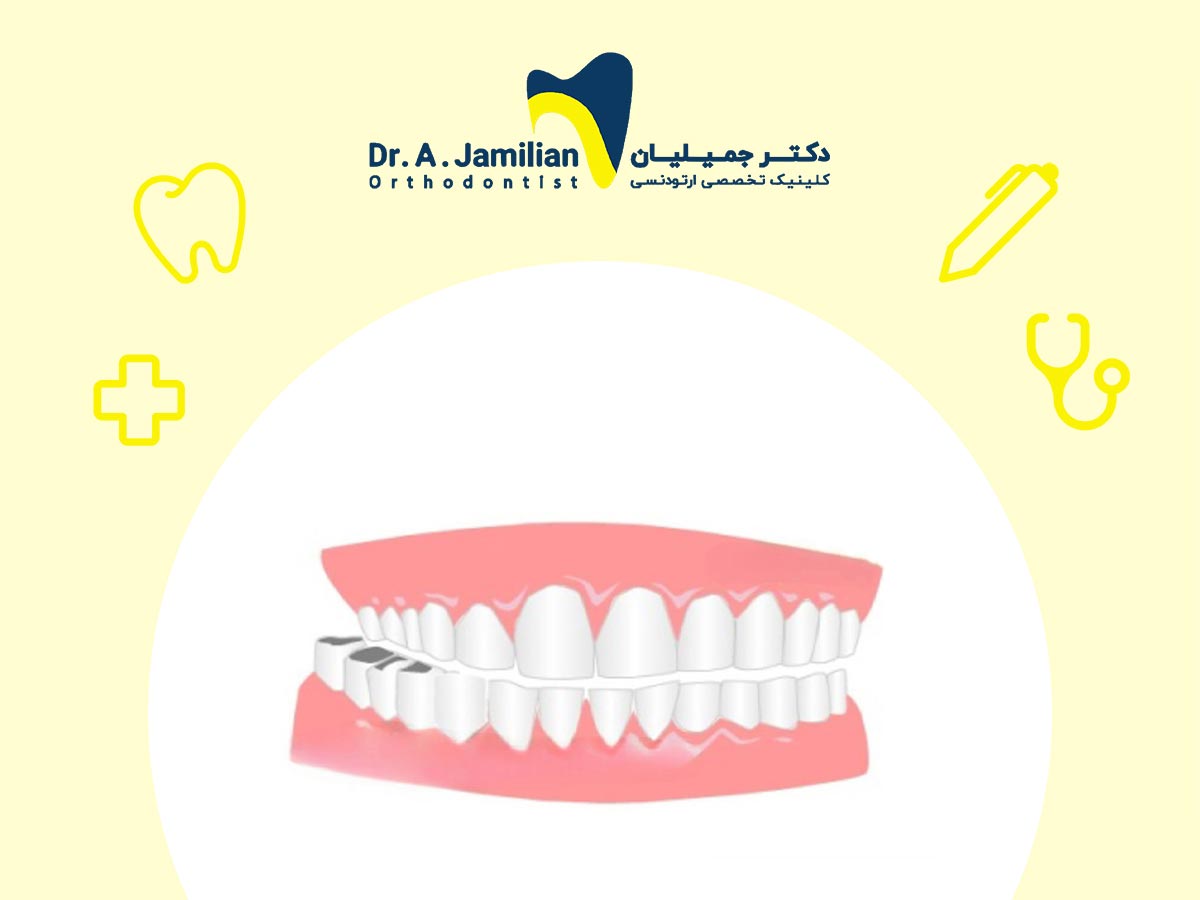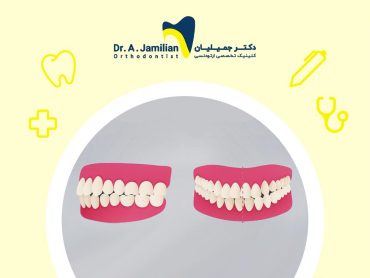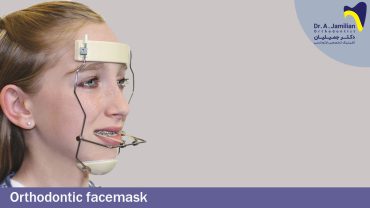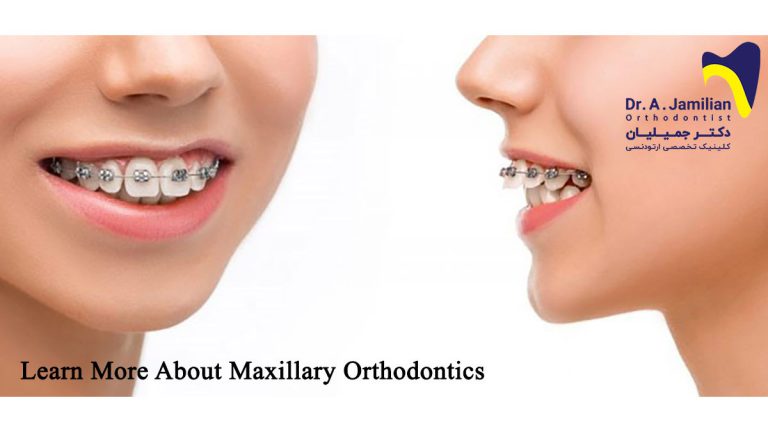For the treatment of mandibular deviation, there are two major methods: nonsurgical treatment (fixed and removable orthodontic appliances) or surgical treatment (orthopedic surgery and orthognathic surgery). It’s recommended if suffering from malocclusions of these sorts, to visit an orthodontist. If possible, preferably an orthodontist specializing in maxillofacial surgery. After oral and maxillofacial examinations and cephalometric analysis, the orthodontist will plan the treatment for mandibular deviation based on the patient’s age and gender.

Causes of mandibular deviation
Diagnosis of the cause of this malocclusion can increase the success rate of orthodontic treatments. The most important and prevalent causes of mandibular deviation are as follows:
- Traumatic injuries to the mandible
- Inheritance and congenital problems
- Posterior crossbites resulting in the abnormal growth of the mandible
- Untreated mandibular functional shift
- Temporomandibular joint (TMJ) abnormalities
Nonsurgical treatment of mandibular deviation
To better understand this topic, let’s review a relevant scientific study about a crossbite-caused case of jaw deviation. The patient was a 13 and a half-year-old girl with a posterior one-sided crossbite, pronounced facial asymmetry, an anterior crossbite, and mandible dislocation when shutting the mouth. The patient, who had no history of head injury or serious medical problems, was a candidate for nonsurgical treatment of mandibular deviation. However, her parents did not agree with the surgical procedure. The crossbites of this patient were corrected using fixed along with removable orthodontic appliances. This orthodontic treatment considerably improved facial asymmetry and mandible dislocation.
The successful nonsurgical treatment of mandible deviation in this case suggests that the initial correction of a functional deviation and malocclusion can help orthodontists to treat facial asymmetry without the need for a surgical procedure.
Click here for a more detailed read on this paper. You can also download the full paper here.
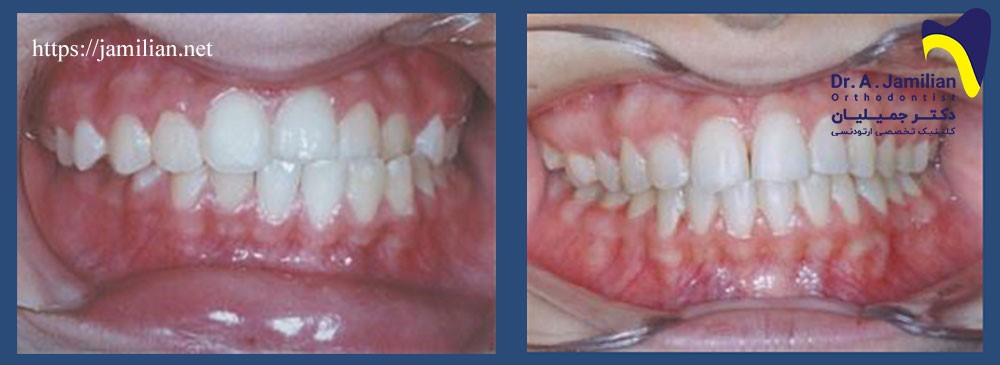
Surgical treatment of mandibular deviation
In many cases, patients applying for the treatment of mandibular deviation are rather of age. Although, this isn’t ideal, as time goes on people lose their malleability. Which in other words, changes the shape and form of the bones. Thus, leading to surgical treatment. Orthodontists often collaborate with a maxillofacial surgeon to plan an ideal treatment for the patient. Furthermore, the orthodontist first examines the patient to accurately diagnose malocclusions and then develops the orthodontic & surgical treatment plan. In some cases orthodontic treatments may begin before maxillofacial surgery. In the middle of the orthodontic testament, if this happens, the orthodontist will begin to refer the patient to a maxillofacial surgeon. After maxillofacial surgery, there are multiple different orthodontic treatments to be performed to complete the full correction of mandibular deviation. Depending on the severity of malocclusion and the patient’s physiological conditions, the treatment may take about 1 to 2 years.
Treatment of mandibular deviation FAQ
This condition does not heal on its own and requires medical treatments designed and performed by an orthodontist.
Mandibular fractures are among the 10 most common fractures of the human body. However, they are less common than broken nose among facial fractures. Mandibular fractures are usually caused by severe and direct blows or traumatic injuries to the mandible.
Pain in the jaw, neck, and even the back will be the main symptom of untreated mandibular deviation. Dysphagia and subsequent digestive problems is another complication of this condition. Any untreated maxillofacial deformities can also be a threat not only to dental health but also to beauty, speech, and swallowing.
The orthodontist can plan the treatment for mandibular deviation after examining the severity of malocclusion as well as the flexibility and motor status of jawbones. Less severe malocclusions in immature patients whose bone development is not completed are more likely to be treated by nonsurgical orthodontic procedures.
